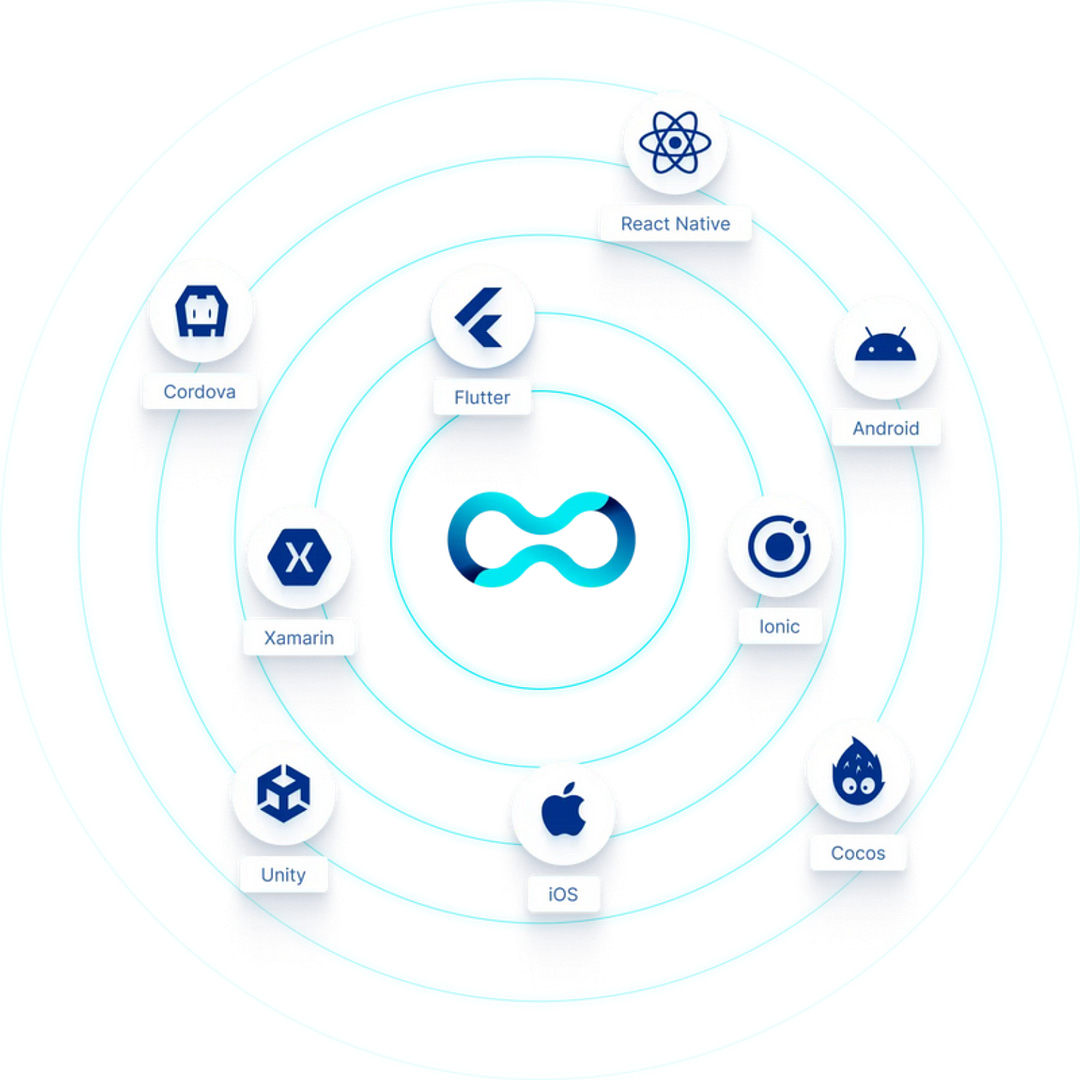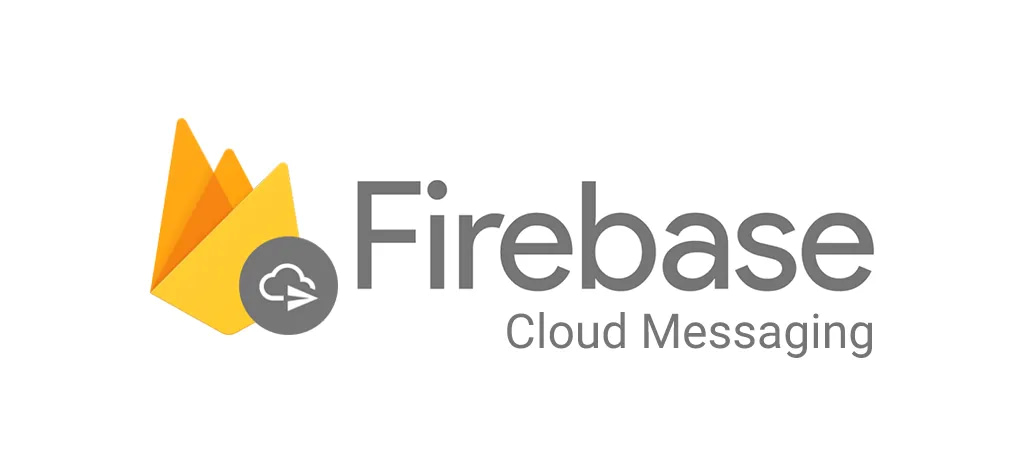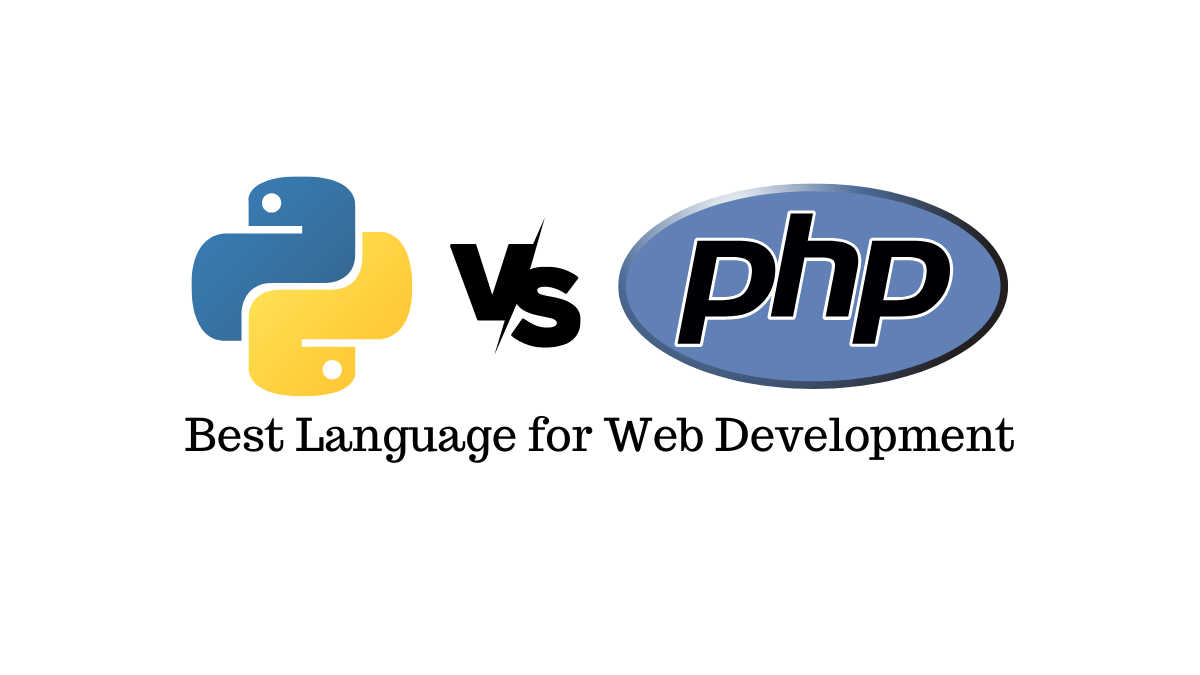
Blog Articles
Mastering Salesforce Data Governance: Best Practices Guide
Table of Contents
In this guide, we will explore best practices for implementing Salesforce data governance. We will examine the fundamental principles of data governance, setting up data governance in Salesforce, data modeling, data quality and cleansing, data storage optimization, data security, data integration, and migration, policy creation, and data governance monitoring. These best practices will help you unlock the full potential of Salesforce and get the most out of your investment.
Understanding Salesforce Data Governance
Before diving into the best practices, it’s important to understand the concept of Salesforce data governance. Data governance refers to the management of data availability, security, usability, and integrity, intending to improve overall data management. Effective data governance helps organizations make better decisions, reduce risks, and optimize business operations.
Data security is a critical aspect of data governance, as it involves protecting sensitive information from unauthorized access, alteration, or destruction. In Salesforce, you can implement various security measures, such as defining roles and access controls, encrypting data, and monitoring user activities.
Another key element of data governance is data quality, which ensures that data is accurate, complete, consistent, and timely. Poor data quality can lead to misinformed decisions, lost revenue, and compliance issues. Salesforce provides tools for data validation, cleansing, and de-duplication to maintain high-quality data.
By implementing a robust data governance strategy in Salesforce, you can ensure that your data is secure, accurate, and available when needed, helping you make better decisions and drive business success.
Setting up Data Governance in Salesforce
Now that you have a clear understanding of Salesforce data governance, it’s time to move on to setting up a robust data governance framework. This process involves defining data ownership, roles, and responsibilities, as well as establishing data stewardship practices to ensure data quality.
Define Data Ownership and Roles
Before implementing data governance in Salesforce, it’s important to define who owns the data and assign roles and responsibilities accordingly. Data ownership determines who has the final say on data-related decisions and who is accountable for ensuring data quality and security. Assigning roles and responsibilities helps to ensure that everyone involved in the data management process knows what is expected of them.
Here are some key roles you may want to consider:
- Data Owner: The person or team responsible for the overall management of data within Salesforce.
- Data Steward: The person or team responsible for ensuring data quality, accuracy, and consistency.
- Data User: The person or team who uses the data for analysis, reporting, or decision-making.
Establish Data Stewardship Practices
Effective data stewardship is critical for maintaining data quality in Salesforce. Data stewards are responsible for ensuring that data is accurate, complete, and consistent, and that it meets established standards for quality and security. Here are some best practices for data stewardship in Salesforce:
- Data Profiling: Conduct a comprehensive analysis of your data to identify any inconsistencies or errors that need to be addressed.
- Data Standardization: Establish a set of standards for data entry, formatting, and validation to ensure consistency across your Salesforce environment.
- Data Quality Monitoring: Implement regular data quality checks and audits to ensure that your data remains accurate and up-to-date.
- Data Issue Resolution: Establish a process for identifying and resolving data issues, including a clear escalation path for more complex issues.
Implement a Data Governance Strategy
Once you have defined data ownership and roles and established data stewardship practices, it’s time to implement a comprehensive data governance strategy for Salesforce. This strategy should include policies, guidelines, and standards for data management, as well as procedures for monitoring and enforcing compliance.
Your data governance strategy should also address data privacy and regulatory compliance requirements, such as GDPR or CCPA. Some key elements to consider when developing your data governance strategy include:
- Data Classification: Determine the sensitivity of your data and classify it accordingly to ensure it is protected appropriately.
- Data Access Controls: Implement strong access controls to ensure that only authorized users have access to sensitive data.
- Data Encryption: Encrypt sensitive data at rest and in transit to ensure it is protected from unauthorized access.
- Data Retention Policies: Establish policies and procedures for retaining and deleting data to ensure compliance with regulatory requirements and to optimize data storage.
By following these best practices and implementing a comprehensive data governance strategy, you can establish a strong foundation for effective data management in Salesforce.
Salesforce Data Modeling Best Practices
Salesforce data modeling is the process of designing a data architecture that reflects your organization’s business needs while ensuring data integrity. A well-designed data model is essential for maintaining data quality and ensuring optimal performance in Salesforce. In this section, we will explore the best practices for data modeling.
Organize Data into Custom Objects
One of the key benefits of Salesforce is its flexibility in data modeling. By organizing data into custom objects, you can tailor your data structure to your specific business needs. When creating custom objects, remember to:
- Use descriptive names that clearly define the object’s purpose
- Limit the number of custom fields to avoid clutter
- Leverage standard Salesforce fields whenever possible
Define Relationships
In Salesforce, relationships between objects are crucial to maintaining data integrity. When defining relationships, make sure to:
- Choose the appropriate relationship type (e.g., one-to-one, one-to-many, many-to-many)
- Establish clear naming conventions to avoid confusion
- Use lookup fields instead of hierarchical relationships
Leverage Standard Salesforce Features
Salesforce offers a wide range of standard features that can enhance your data modeling efforts. Some key features to consider include:
- Record types, which allow you to define different sets of fields and picklist values for different types of records
- Validation rules, which help to ensure data integrity by enforcing specific criteria
- Formula fields, which can be used for calculations or to concatenate fields from different objects
By incorporating these features into your data model, you can improve data quality and streamline workflows in Salesforce.
Data Quality and Cleansing in Salesforce
Data quality is essential for accurate reporting, efficient workflows, and effective decision-making. Poor data quality can lead to lost revenue, reduced customer satisfaction, and lower productivity. Salesforce provides several tools and features that can help you maintain high-quality data, including data validation rules, duplicate management, and data cleansing techniques.
Data Validation Rules
Data validation rules are used to enforce data quality standards and prevent incorrect data entry. They can be used to ensure that data is in the correct format, falls within a specified range, or meets other criteria. For example, you can create a validation rule that ensures that all contact records have a valid email address. If a user tries to save a record that violates the validation rule, they will receive an error message and be prompted to correct the data.
Duplicate Management
Duplicate records can be a significant problem in any database, leading to wasted time and resources and inaccurate reporting. Salesforce provides several tools for managing duplicates, including duplicate rules and duplicate record sets. Duplicate rules can be used to prevent duplicate records from being created, while duplicate record sets can be used to find and merge existing duplicates.
Data Cleansing Techniques
Data cleansing involves identifying and correcting or removing inaccurate or incomplete data. Salesforce provides several data cleansing tools, including the Data.com Clean service, which can be used to update and enrich your data with accurate contact and account information. Additionally, you can use data cleansing techniques such as standardizing data formats, removing unnecessary characters, and identifying and correcting typos and misspellings.
| Data Quality | Data Cleansing | Salesforce Data Management |
|---|---|---|
| Ensures accurate reporting | Identifies and corrects inaccurate data | Provides tools for managing and maintaining data quality |
| Increases efficiency | Removes redundant data | Enforces data quality standards |
| Supports effective decision-making | Ensures data consistency | Improves productivity |
By implementing the best practices for data quality and cleansing in Salesforce, you can ensure that your data is accurate, consistent, and reliable. This will help you make better business decisions, improve customer satisfaction, and increase productivity.
Optimizing Salesforce Data Storage
As your Salesforce data grows, you may encounter storage limitations known as Governor Limits. To optimize your Salesforce data storage and manage your data more efficiently, we recommend the following best practices:
Archiving Old Data
Archiving old data is a useful strategy for freeing up space in your Salesforce org. Consider archiving data that is no longer relevant to your current business operations, such as closed opportunities or inactive accounts. You can use Salesforce’s Data Archiving tool to automate this process and move your archived data to an external storage solution.
Leveraging External Storage Solutions
If you need to store large volumes of data, consider using an external storage solution such as Amazon S3 or Microsoft Azure. These solutions allow you to store your data outside of Salesforce while still making it accessible to your users. You can also leverage Big Objects, a Salesforce feature that allows you to store large amounts of data and query it using a subset of SOQL statements.
Implementing Data Retention Policies
Implementing data retention policies can help you manage your data more effectively and ensure compliance with industry regulations. Consider establishing policies for how long data should be retained in Salesforce, and implement tools such as Data Deletion Requests to automate the deletion process for expired data.
Securing Salesforce Data
When it comes to Salesforce data governance, security is paramount. By implementing secure data access controls and data encryption, you can safeguard your sensitive data and protect it from unauthorized access.
Implement Strong Data Access Controls
The first step in securing your Salesforce data is creating strong data access controls. This means restricting access to data based on user roles, profiles, and record ownership. By limiting data access to only those who need it, you can reduce the risk of data breaches and insider threats.
You can also utilize tools like field-level security and page layouts to further restrict data access, ensuring that users only see the data that is relevant to their work.
Encrypt Sensitive Data
In addition to implementing data access controls, it’s important to encrypt sensitive data to protect it from unauthorized access. Salesforce provides several encryption options, including encryption at rest and encryption in transit, to help you secure your data.
Encryption at rest protects your data when it’s stored in the database, while encryption in transit protects your data when it’s being transmitted over networks. You can also use Salesforce Shield to add an extra layer of protection, providing customizable encryption and key management for your sensitive data.
Monitor User Activity
Another key aspect of securing your Salesforce data is monitoring user activity. By tracking user logins, data exports, and other activity, you can quickly identify any potential security threats and take action to mitigate them.
You can use Salesforce’s built-in reporting and monitoring tools to track user activity, or you can use third-party tools for more advanced monitoring and threat detection.
Data Integration and Migration Best Practices
When it comes to integrating and migrating data into Salesforce, several best practices can help you avoid issues and ensure a successful implementation. Whether you are integrating data from an external system or migrating data from a legacy system, following these best practices can help you streamline the process and minimize the risk of data errors.
Data Integration
Salesforce integration enables you to connect your Salesforce instance with other systems, allowing data to flow seamlessly between them. Here are some best practices for data integration in Salesforce:
- Define clear integration requirements and objectives to ensure alignment with business goals.
- Choose the right integration method based on your data and business needs.
- Develop a data mapping process to map fields between the source and target systems.
- Use data transformation techniques to ensure consistency between systems.
- Perform thorough testing to ensure the integration is functioning correctly.
Data Migration
Data migration involves transferring data from one system to another. Here are some best practices for data migration in Salesforce:
- Define clear data migration requirements and objectives to ensure alignment with business goals.
- Clean up and standardize data to ensure accuracy and consistency.
- Develop a data mapping process to map fields between the source and target systems.
- Use data transformation techniques to ensure consistency between systems.
- Perform data validation to ensure that data is migrated correctly.
By following these best practices, you can ensure a smooth and successful data integration or migration process in Salesforce.
Establishing Data Governance Policies
Effective data governance policies are essential for organizations looking to maintain data quality and compliance. By creating comprehensive data governance policies, you can ensure that your organization adheres to industry regulations and meets its data management objectives.
The Importance of Data Privacy
As data privacy regulations continue to evolve, it’s crucial to establish clear policies regarding the collection, storage, and use of personal and sensitive data. By implementing policies that align with industry standards and best practices, you can ensure that your organization protects customer data and avoids potential legal and financial penalties.
Compliance Policies
Compliance policies are designed to ensure that your organization adheres to industry regulations, such as HIPAA or GDPR, and any applicable internal policies. Your data governance policies should outline the procedures for maintaining compliance, including regular audits and data retention policies.
Establishing Data Governance Principles
The establishment of data governance principles ensures consistent policy and procedural approaches to the management of data. Your data governance principles should outline best practices for data classification, ownership, stewardship, and lifecycle management. These principles offer a framework for data governance, which establishes a clear understanding between business and IT stakeholders.
Creating Data Governance Policies
To create effective data governance policies, it’s essential to involve stakeholders across the organization, including business leaders, IT professionals, compliance officers, and legal teams. By working collaboratively, you can ensure that your policies align with business goals and meet industry regulations.
Communicating Data Governance Policies
Once data governance policies have been established, it’s crucial to communicate them throughout the organization. You should ensure that all stakeholders are aware of the policies and their roles and responsibilities in maintaining data quality and compliance.
Monitoring and Enforcing Data Governance Policies
Finally, it’s essential to regularly monitor and enforce data governance policies to ensure ongoing compliance and data quality. By conducting regular audits and implementing controls to address any issues, you can maintain the integrity of your data and ensure that your organization meets its data management objectives.
Monitoring and Maintaining Data Governance in Salesforce
Establishing a robust data governance framework is only half the battle when it comes to effective Salesforce data management. To make sure your data governance strategy is working optimally, it’s important to monitor and maintain it regularly. This section covers the best practices for data governance monitoring, data maintenance, and data audits in Salesforce.
Implementing Data Governance Controls
One of the most important aspects of maintaining data governance in Salesforce is implementing data governance controls. These controls help to ensure that data is being used and accessed appropriately and that the quality of the data remains high. Consider implementing access controls, data retention policies, and data validation rules to keep your data governance strategy on track.
Conducting Regular Data Audits
Regular data audits are essential for ensuring that data quality is maintained and that your data governance strategy is working effectively. Consider using Salesforce’s reporting and dashboard tools to conduct regular data audits and identify any issues or trends that require attention. Use the insights gathered from the data audits to inform your data maintenance strategy and adjust your data governance controls as needed.
Establishing a Data Maintenance Plan
Data maintenance is an ongoing process that ensures the accuracy and completeness of your data in Salesforce. Establishing a data maintenance plan that includes regular data cleansing, updating of data fields, and archiving of old data can help keep your data quality high and minimize risk.
Providing Ongoing Data Governance Training
Finally, providing ongoing data governance training to your Salesforce users can help ensure that your data governance strategy is being followed correctly. Consider offering regular training sessions that cover topics such as data stewardship, data quality management, and data security best practices.
Conclusion
Successfully completing this extensive guide on Salesforce data governance best practices equips you with a thorough grasp of essential principles. You now possess insights into establishing a strong data governance framework in Salesforce, encompassing best practices in data modeling, data quality management, data storage optimization, data security, data integration, and data governance policies.

Get a Fast Estimate on Your Software Development Project
We are committed to delivering high-quality IT solutions tailored to meet the unique needs of our clients. As part of our commitment to transparency and excellence, we provide detailed project estimations to help our clients understand the scope, timeline, and budget associated with their IT initiatives.
Related Posts









